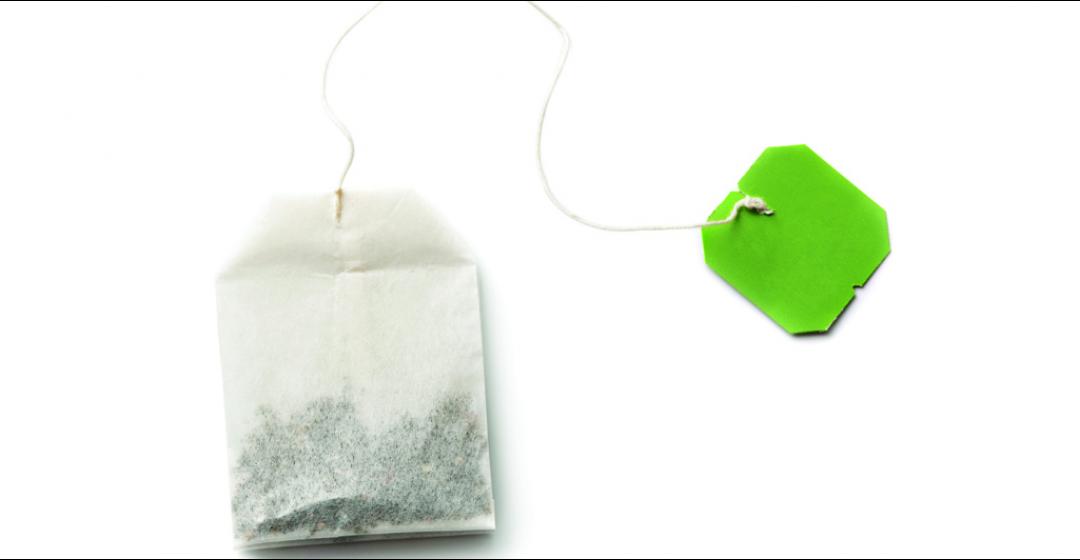Beetlebung, Mocha Mott’s, Espresso Love, and the Keurig machine at Martha’s Vineyard Savings Bank keep the Island well caffeinated with an array of coffee ranging from Arabica to mocha/java. But it’s tea – not coffee – that has a longstanding Vineyard history going back centuries. After all, we even have a Tea Lane. Originally known as Dye-leaf Road, the way was used by those in search of wild indigo and other botanicals. During the Revolutionary period when colonists protested the unfair taxation of tea, Captain Robert Hillman took advantage of the Island’s remote location to smuggle tea in from London. According to lore, he hid it in a barn so that his aunt, Mrs. Silas Hillman, could “drink it for her health” and offer it to guests.
Today, the Island’s tea tradition continues – in legal fashion. Herbalist Holly Bellebuono, who leads foraging and identification classes around the Island, has created Martha’s Vineyard Teas. And even Chilmark Coffee has gotten in on the action with a selection of caffeinated and herbal offerings. Take your pick based on desired locale or remedy (Vineyard Herbs’ Menemsha Mint, West Chop Winter Tea for Colds and Flu), or flavor profile (Chilmark Coffee’s “sweet, calming” Egyptian Chamomile). Both are available online (vineyardherbs.com, chilmarkcoffeeco.com) and at Morning Glory Farm in Edgartown. Sure, you can get caught up in the purists’ arguments: lemon or milk, bags or loose? Or you can just put the kettle on and begin.
Pro tip: you think you know how to make tea? Not necessarily. Start by bringing the water to a rolling boil. Pour a half cup of water into the teapot to warm it. Swirl it around and pour it out. Add the tea bags. Bring the water to a boil again and then fill the teapot.







